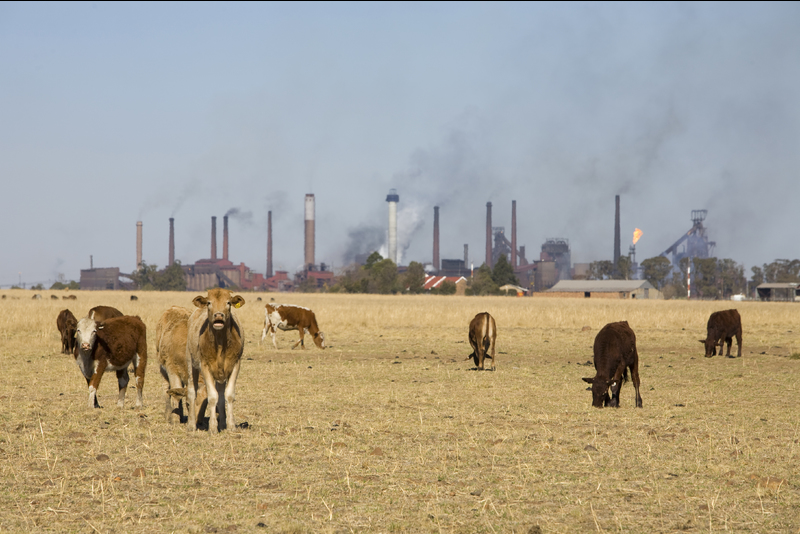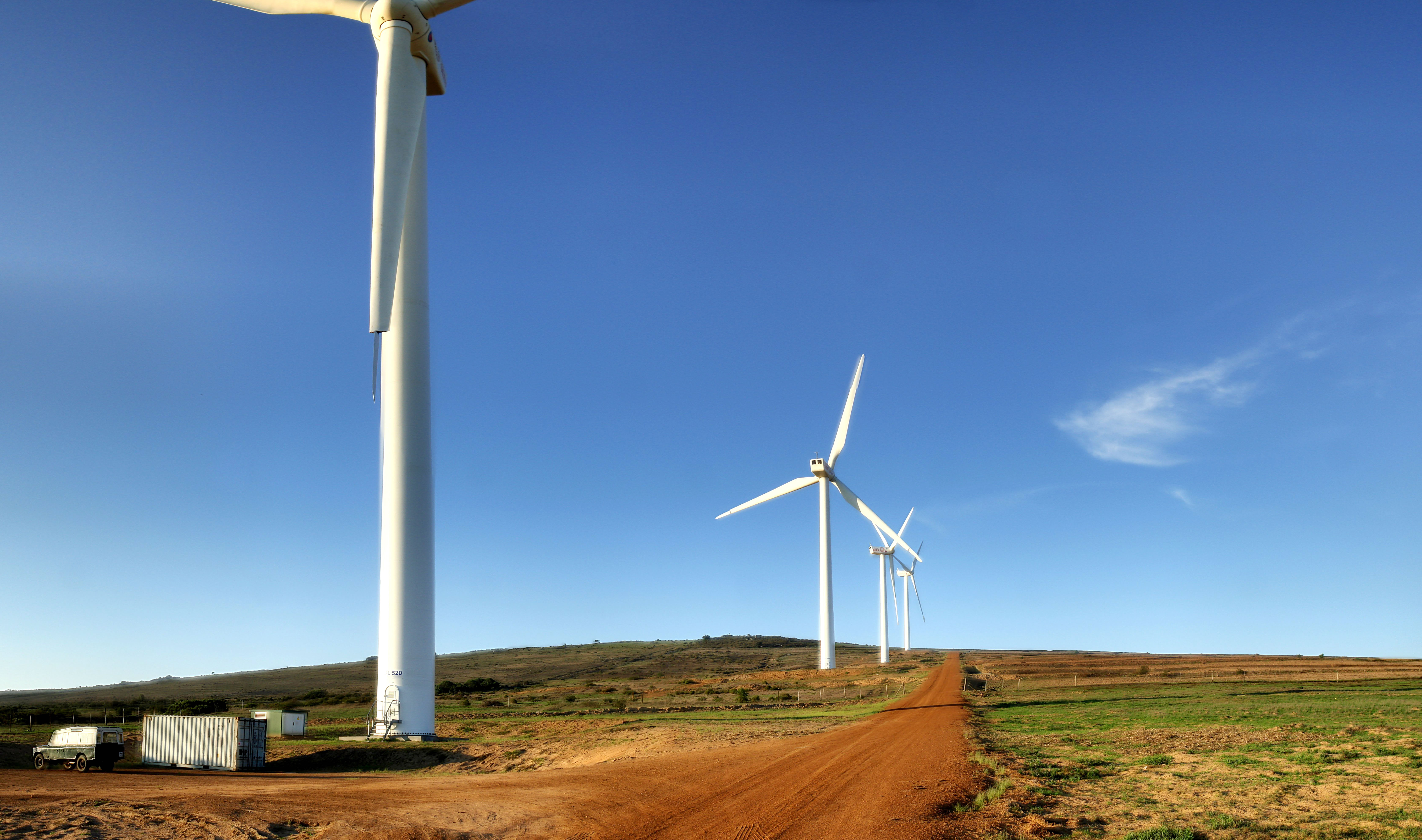South Africa and the G20: where do we stand on greenhouse gas emissions?
11 July 2017 | Story Dr Andrew Marquard.
One of the key features of the 2015 Paris Agreement is that instead of prescribing what action countries should take on climate change, countries agree on a global goal and commit to a nationally determined contribution to reach that goal, based on what each country considers to be “fair and ambitious”. Since the countries themselves determine the scale of the commitments they make, a lot depends on peer pressure from other countries, and political pressure from the public. The key question then becomes: What reasonable efforts should a country be expected to make?
Climate Transparency – an international consortium of researchers and civil society groups from 10 different countries including South Africa – attempts to help answer this question. Every year they produce the Brown to Green Report, which focuses on the Group of Twenty (G20) countries and tracks their progress in addressing climate change. The G20 is a particularly relevant grouping as, between them, they control most of the global economy, are home to roughly two-thirds of the world’s population, produce 75% of the world’s greenhouse gas (GHG) emissions, and span the developed and developing world. This report is released to coincide with the annual G20 Summit, which took place in Hamburg, Germany earlier this month.
UCT's Energy Research Centre (ERC) has been involved in the consortium since the beginning of 2017 and contributed to the latest report, released on 3 July. The ERC’s contribution involved providing both national expertise (on South Africa) and on the overall methodology and approach of the report.
This year’s report indicated that South Africa’s GHG emissions per capita are above the average for the G20 countries, which include developing country giants China, India and Indonesia, while its level of development is below the G20 average. In common with China, South Africa is still heavily dependent on coal, more so than any other G20 country. Our emissions growth, on the other hand, has stalled over the past few years. Our climate policy is very well regarded internationally, and South Africa is rated as an attractive destination for renewable energy investment.
The questions we must ask then are: What have we done right, what have we done wrong and where can we do better when benchmarked against the other G20 countries?
Trends in the G20 countries
G20 countries are on the whole taking comprehensive action on climate change and putting in place policies to achieve long-term emission reductions. But they are not moving quickly enough, and their intended contributions to the global effort are on aggregate not ambitious enough to avoid dangerous climate change. At the same time, G20 countries are still investing in fossil fuel infrastructure and have not made sufficient progress in phasing out fossil fuel subsidies.
There are some striking indications, however, that things are changing. From 1990 to 2014, G20 emissions grew by 34%, but at the same time their economies grew by 117%, indicating a trend for emissions to decouple from economic growth, as energy efficiency increases and more is invested in low-carbon infrastructure. Even more striking is that G20 energy emissions have stalled in the period 2014 to 2016, while economies continue to grow. Many experts are now of the view that China’s coal consumption has peaked. Over the period 1990 to 2014 both emissions and energy intensity have consistently fallen. But more needs to be done, since – unlike many other complex policy problems – for climate change, timing is critical.

How South Africa compares
South Africa’s GHG emissions comprise 1.1% of global emissions, but our GDP is only 0.6% of global GDP. South Africa’s emissions per capita are above the G20 average, whereas our development level (measured by the United Nations Development Programme's Human Development Index) is below the G20 average. This is a combination of the development deficit of apartheid and South Africa’s historical dependence on coal and energy-intensive industry. It is striking that as a percentage of our primary energy supply, South Africa’s coal dependence is the highest in the G20, and we have one of the lowest shares of renewable energy of G20 countries.
South Africa in general does not compare well on other indicators of energy efficiency and intensity. Interestingly though, for the past few years, South Africa’s emissions have stopped growing, and South Africa’s Renewable Energy Independent Power Producer Procurement Programme is internationally admired. One major proviso is the recent standoff between government and power parastatal, Eskom, concerning the signing, or more specifically the refusal to do so, of the most recent round of renewable energy contracts.
Challenges and opportunities in reducing GHG emissions in SA
Driven by the urgent need to decarbonise the world economy and prevent catastrophic climate change, energy and other climate-related technologies have quietly undergone a revolution in the last decade. Even in South Africa, with its traditionally very cheap and abundant coal, wind and solar power are now the cheapest electricity supply option. The key challenge is no longer cost, but the challenges that come with shifting from our current high-carbon energy system to a future low-carbon electricity system. One which uses our abundant natural resources – sunshine and wind – and also takes advantage of the potential synergies – including job creation and industrial development – to meet our development goals.
There is now an additional risk that without a proactive strategy, South Africa will be left far behind the rest of the world. Evidence from other recent ERC research indicates that the electricity system will be the easiest part of our economy to decarbonise, followed by other sectors such as transport and the industrial sector. China, India and other major developing countries are investing heavily in renewable energy, as well as in other low-carbon technologies. South Africa should not be left behind.
Dr Andrew Marquard is a senior researcher in the Energy, Environment and Climate Change research group in the Energy Research Centre. Read the report...
Main image: Courtesy World Bank Photo Collection (Creative Commons)
In-story image: Darling Wind Farm courtesy Warren Rohner (Creative Commons)
 This work is licensed under a Creative Commons Attribution-NoDerivatives 4.0 International License.
This work is licensed under a Creative Commons Attribution-NoDerivatives 4.0 International License.
Please view the republishing articles page for more information.










